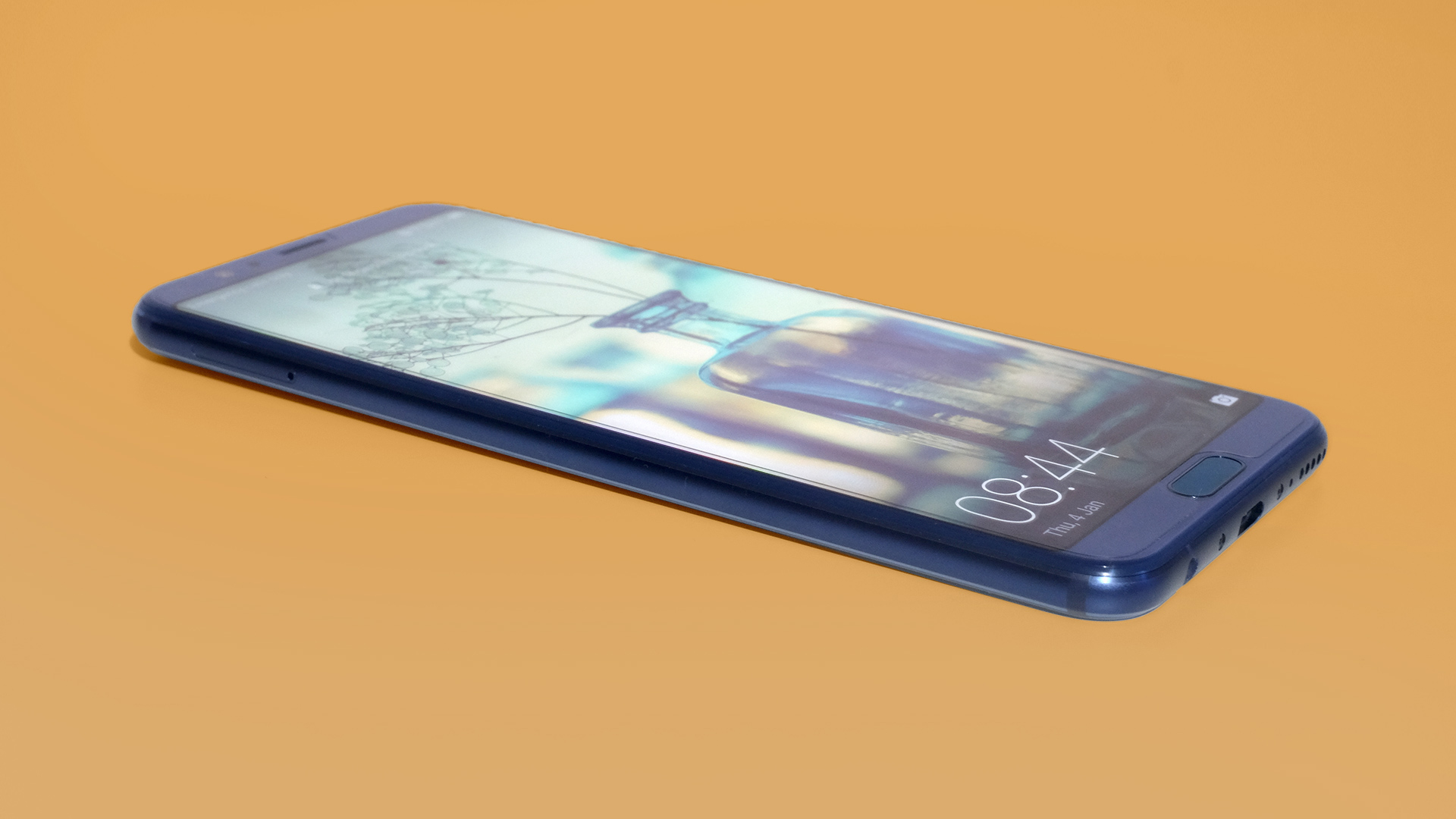Why you can trust TechRadar
Battery life
- 3,750mAh battery
- Comfortably lasts well over a day on a single charge
The Honor View 10 has a 3,750mAh battery, which is higher capacity than that of the OnePlus 6T (3,700mAh) or Honor 10 (3,400mAh) and not vastly lower than the 4,200mAh of the Huawei Mate 20 Pro - a far more expensive phone.
However, in our 90-minute video playback stamina test the phone actually fares worse than the OnePlus 6T. It loses 15% battery, to the OnePlus's 10%. The Honor also holds onto its "100%" state for a while too, meaning you'll lose a little more charge when the test is run from a lower battery level.
This is not a bad result at all, but some phones with smaller batteries do better. The very bright LCD screen is the likely culprit, as it may be less efficient than a top Samsung OLED panel.
With general real world use, and that backlight tamed, the result is more impressive. On an average day of use during the week, which is harder than most given how we use our phones, the Honor View 10 ends up with around 30-40% charge left by bed time.
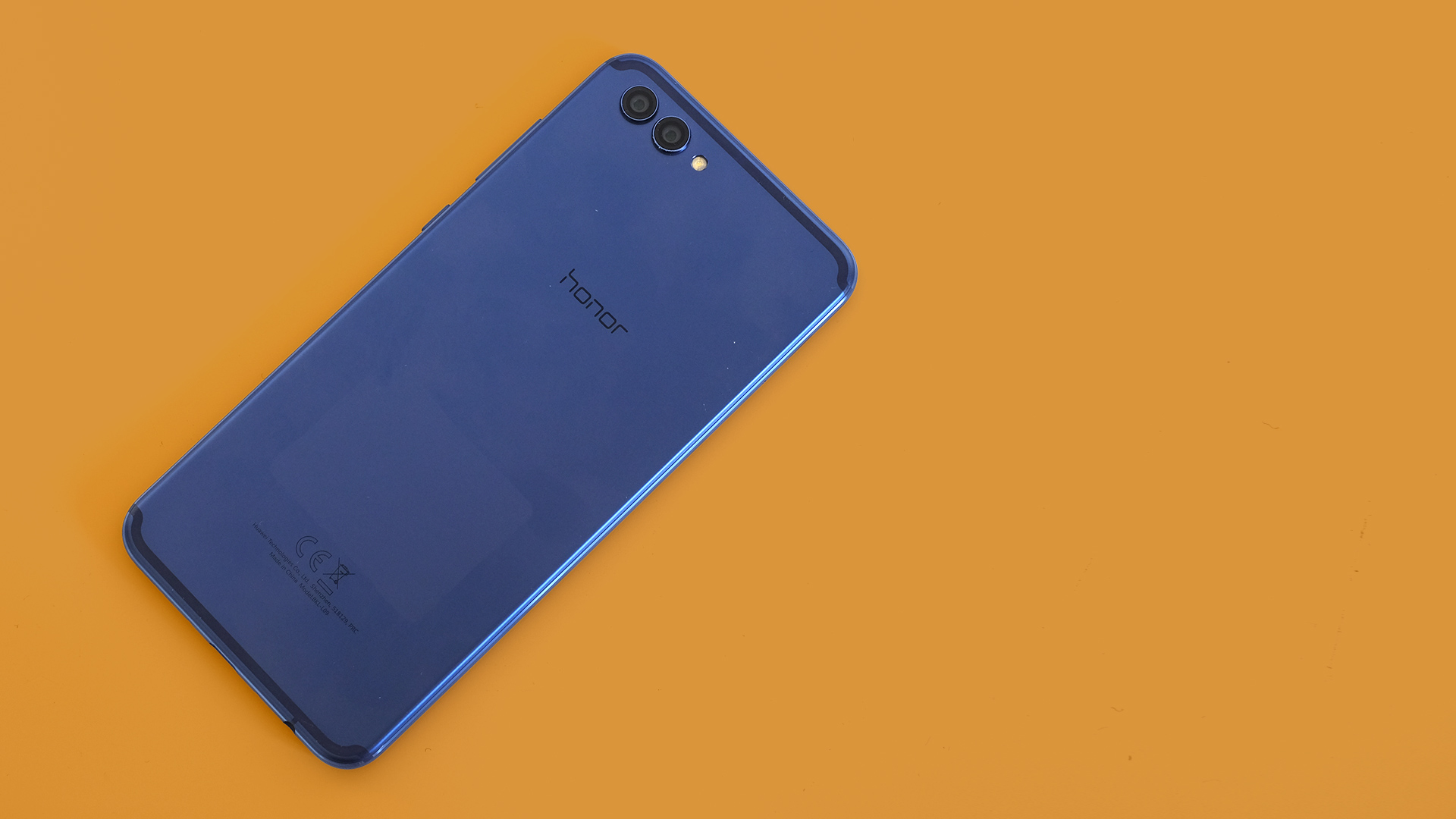
On a weekend, when we tend to be out and about a bit more and less attached to our phones, the Honor View 10 had 60% battery left by 11:30pm on Saturday night. That included several hours of podcast and Spotify streaming and a bunch of photos captured: not an entirely easy ride.
It lost another 9% overnight, but still left us with 51% at 9:30am on Sunday. We do indulge in the occasional lie-in even at TechRadar. Not everyone will get two days' use out of the Honor View 10, but it's certainly possible.
Honor's own claims for the battery include that it lasts for 5.5 hours of gaming, 19 hours of video or 21 hours of 4G browsing. There are also numerous battery-saving options, including reducing the display resolution to 720 x 1440.
The View 10 uses a USB-C port to recharge the battery and, like OnePlus, Honor implements a high current (rather than high voltage) solution. It takes 2 hours 10 minutes to recharge from flat, with the phone switched on once it has enough power.
Want to learn more about the media and camera capabilities of the View 10? Watch the video above!
Camera
- Dual rear camera
- Low loss 2x zooming
- Good but not class-leading image quality
The Honor View 10 has more megapixels combined than virtually any other phone you can currently buy: 49 of the things in total. However, the camera is actually one of the areas where you can get perceptibly better performance from one of the more expensive alternatives.
On the back of the View 10 sits a bug-eyed pair of camera lenses. One uses a 16MP color sensor, the other a 20MP black and white sensor.
Huawei and Honor have used a similar setup before, the higher-resolution 20MP camera being used to let you zoom at 2x and see more detail than you would from simply cropping into the standard 16MP image.
Before we get too deep into image quality, one of the main takeaways of the View 10 camera is that it's a lot of fun to use. There's virtually zero shutter lag, focusing is reasonably fast most of the time and you can shoot away using the Auto mode and get (mostly) great shots all day long.
While there's no explicit Auto HDR mode, it's clear the phone makes significant dynamic range enhancements with every shot taken.
Honor talks up the use of "AI" in the camera, but aside from sharpening text using the 2x zoom this boils down primarily to fast scene mode selection: nothing too exciting.
Pervasive, image-ruining blown highlights are a rarity and as long as you choose your subject correctly, your photos shouldn't look too dim. Aside from having to be a little careful about macro-level focusing, using the View 10 camera is a pretty carefree experience.
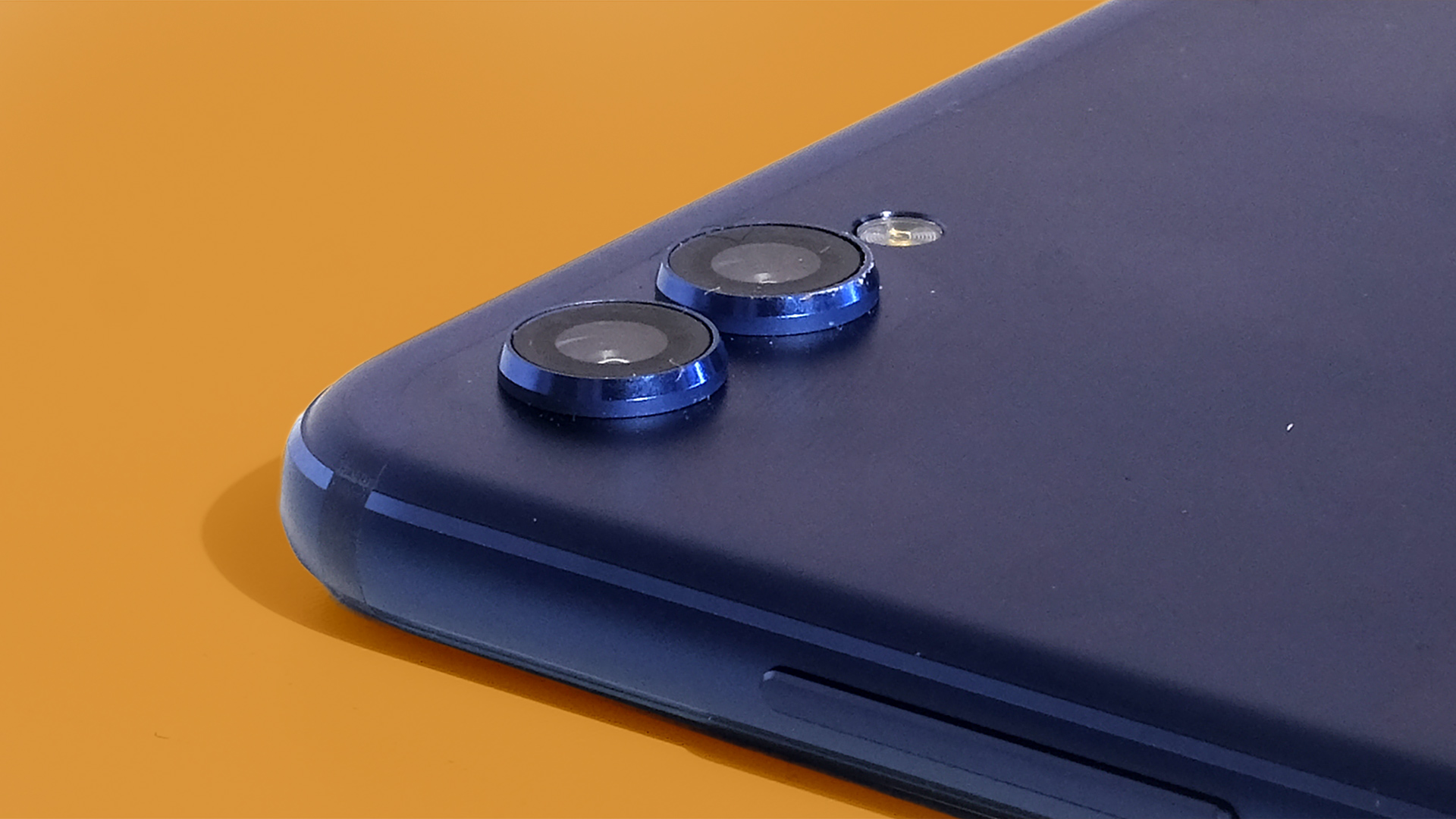
It also has more extra modes than most competitors. From the main shooting screen you can use the common "shallow depth of field" effect, which lets you blur out the foreground or background of the image, to dramatic effect. There's also a Portrait mode (front and rear cameras) and a Moving Picture mode that, like an iPhone, takes a short video clip with each capture.
A reminder: these are just the modes on the shooting screen itself.
Flick left to right in the camera app and you open up a chest of extras. Some are classics, like Panorama, Pro Mode and HDR. However, others are inspired by popular apps like Prisma and Snapchat.
Artist mode features ultra-stylized filters that make your shots look like paintings. AR lens lets you put various cartoon ears and eyes on yourself in real-time. Or make yourself part of strange Japan-inspired animations that are either social network gold or the stuff of nightmares, depending on your inclinations.
There's a lot of "stuff" here, but we wouldn't be surprised if quite a lot of people ignored this extra modes menu. Its existence isn't actually that obvious and most get their filters from other apps. Right?
Back to the meat of the Honor View 10 camera, image quality is generally very good. The software does a good job of juggling different lighting conditions and scenes, letting you be pretty careless about how you shoot.
However, it does trade in image impact rather than outright realism at times. Exposure metering is in some circumstances higher than it should be and greens are generally rendered too bright.
For certain scenes, the View 10's tendency to ramp up the brightness until the highlights get near to clipping can spoil the contrast a little. The OnePlus 5T does better on this front.
You also don't get the additional detail you might expect from a higher-megapixel sensor. There's lots of detail, but right down at pixel level sharpness isn't as good as that of a top-quality 12MP camera.
Then there's the View 10's zoom. The phone doesn't use a 2x secondary zoom lens, just a higher-resolution sensor with a similar field of view.
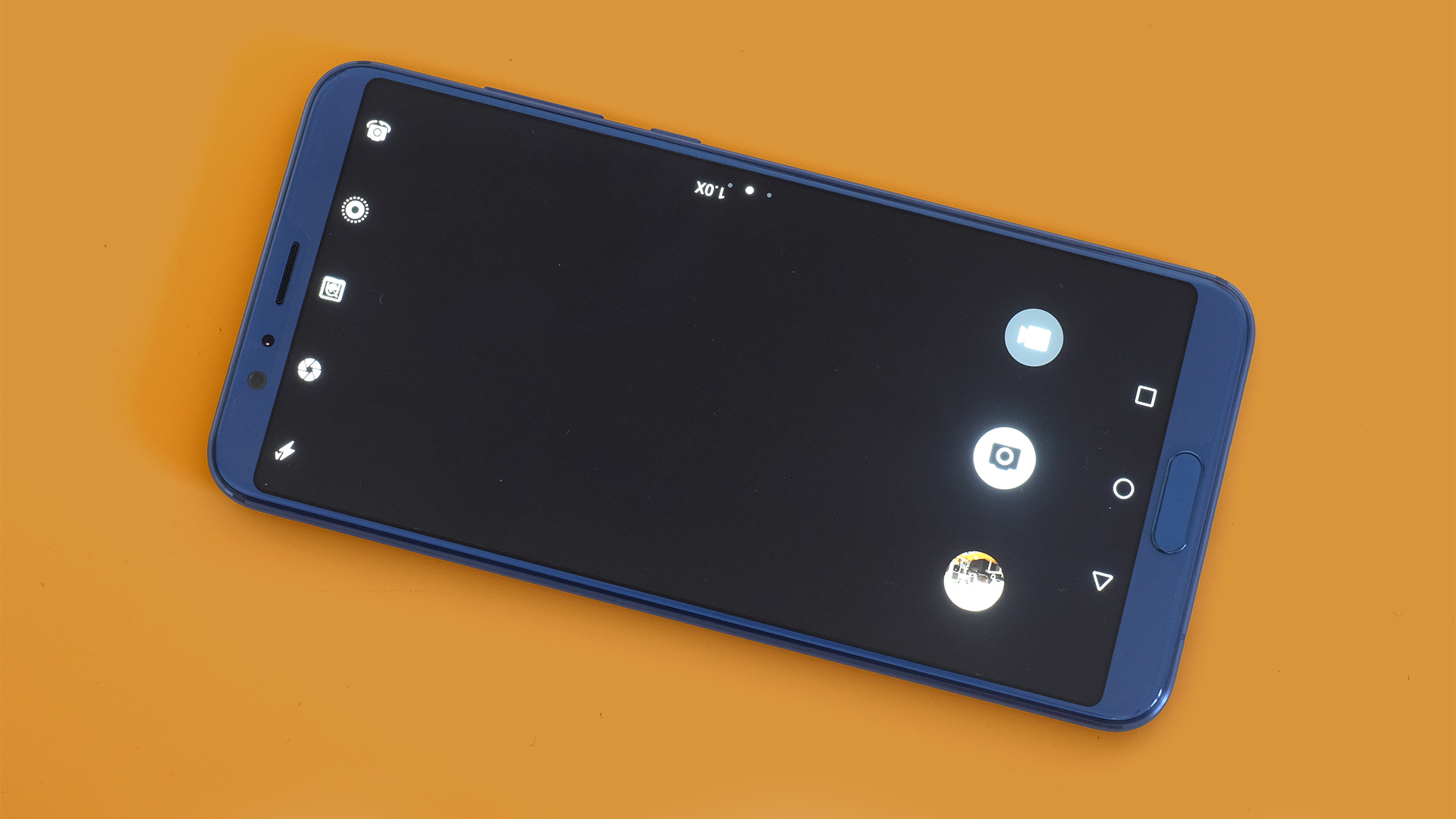
There is a significant difference in the quality of the 2x and 1x photos, with some extra fine detail and much better rendering of small text when using the zoom. The zoomed images also have less jazzed-up color and worse noise handling than the standard images.
Dynamic range optimization also ramps down, meaning if you're shooting a sunset and need zoom you may be better off using the HDR mode and using the pinch gesture digital zoom rather than the separate 2x zoom button.
Just okay detail for the megapixel count becomes most obvious with macro photos. It's very hard to get the larger-than-life "pop" that makes a great macro shot stand out.
At night we've coaxed mixed results from the Honor View 10. The rear camera does not have OIS, which stabilizes the sensor to both let the camera use slower shutter speeds and make blurry handheld shots less of an issue.
Shooting handheld at night with some street lighting to help, our hit rate on sharp shots was only about 30%. The quality of resulting images varies wildly, ranging from some of the more detailed shots you'll find from a non-stabilized phone camera to pure mush. Take four or five shots for every scene you shoot at night and you might get a hit.
The OnePlus 5T and many other flagships are better night shooters. This phone also struggles with near-pitch-black scenes. While the sensor is high-quality enough to still capture the scene in basic form, you tend to end up with near-black shots.
For video, the View 10 shoots at up to 4K resolution with the rear camera, and up to 1080p with the front. 60fps 1080p footage with the main camera is also an option.
The front camera has a 13MP sensor, and takes shots with a very good amount of detail in reasonable lighting. In a dingy pub, selfies look a little soft, but that's no surprise. We have seen 8MP models that can bring out more detail, though, such as the Google Pixel 2 XL's.
Camera samples

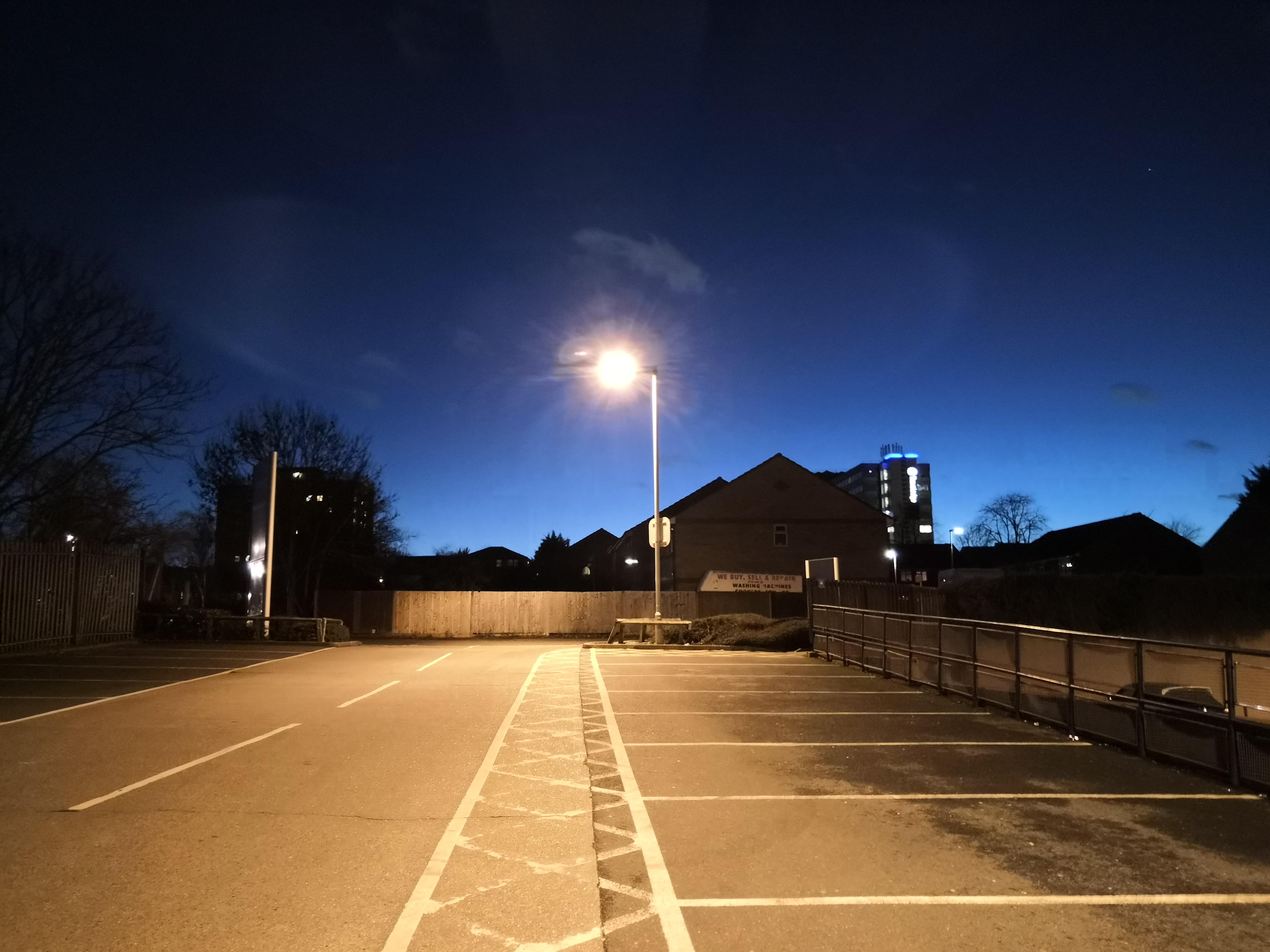

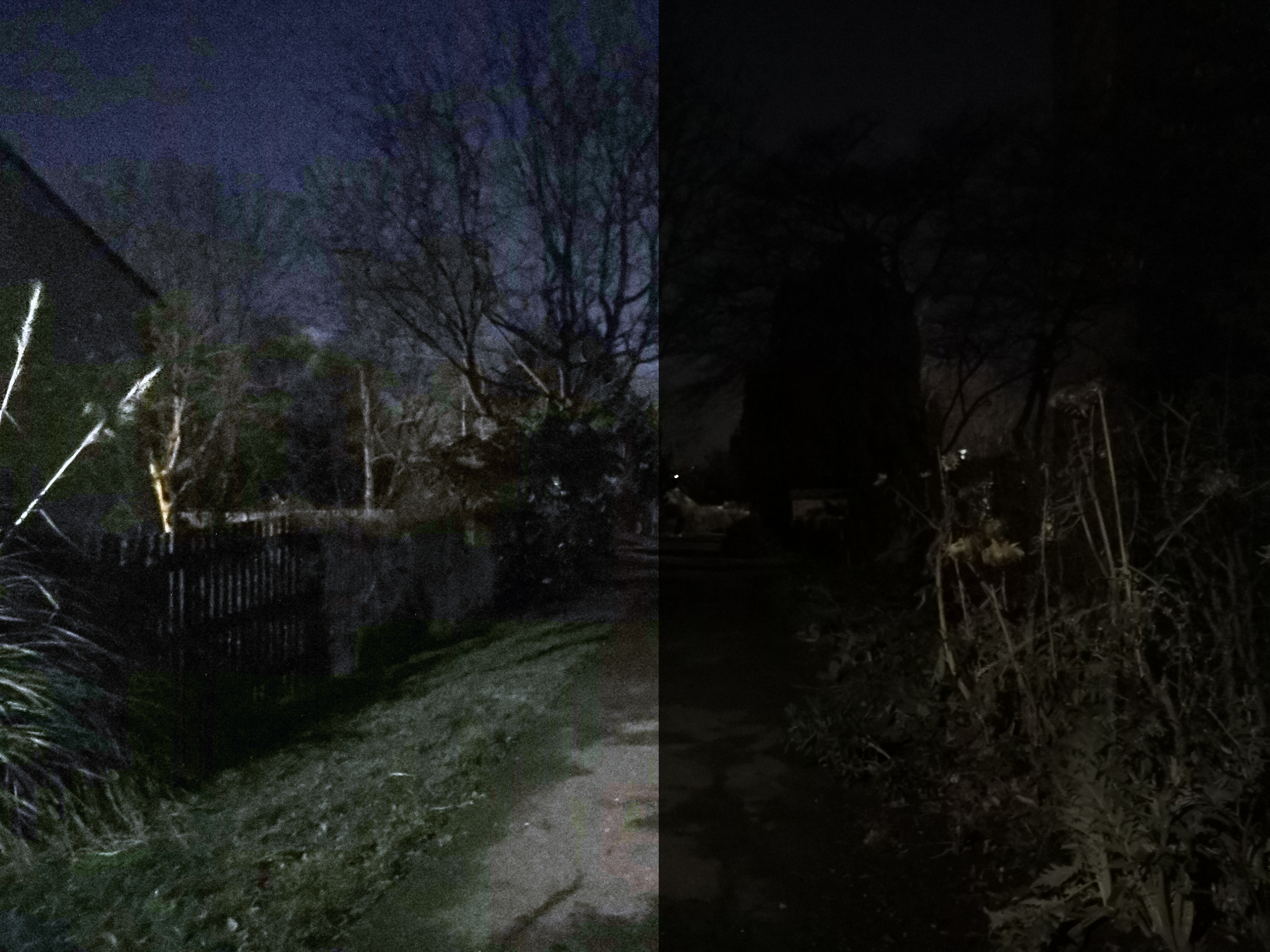






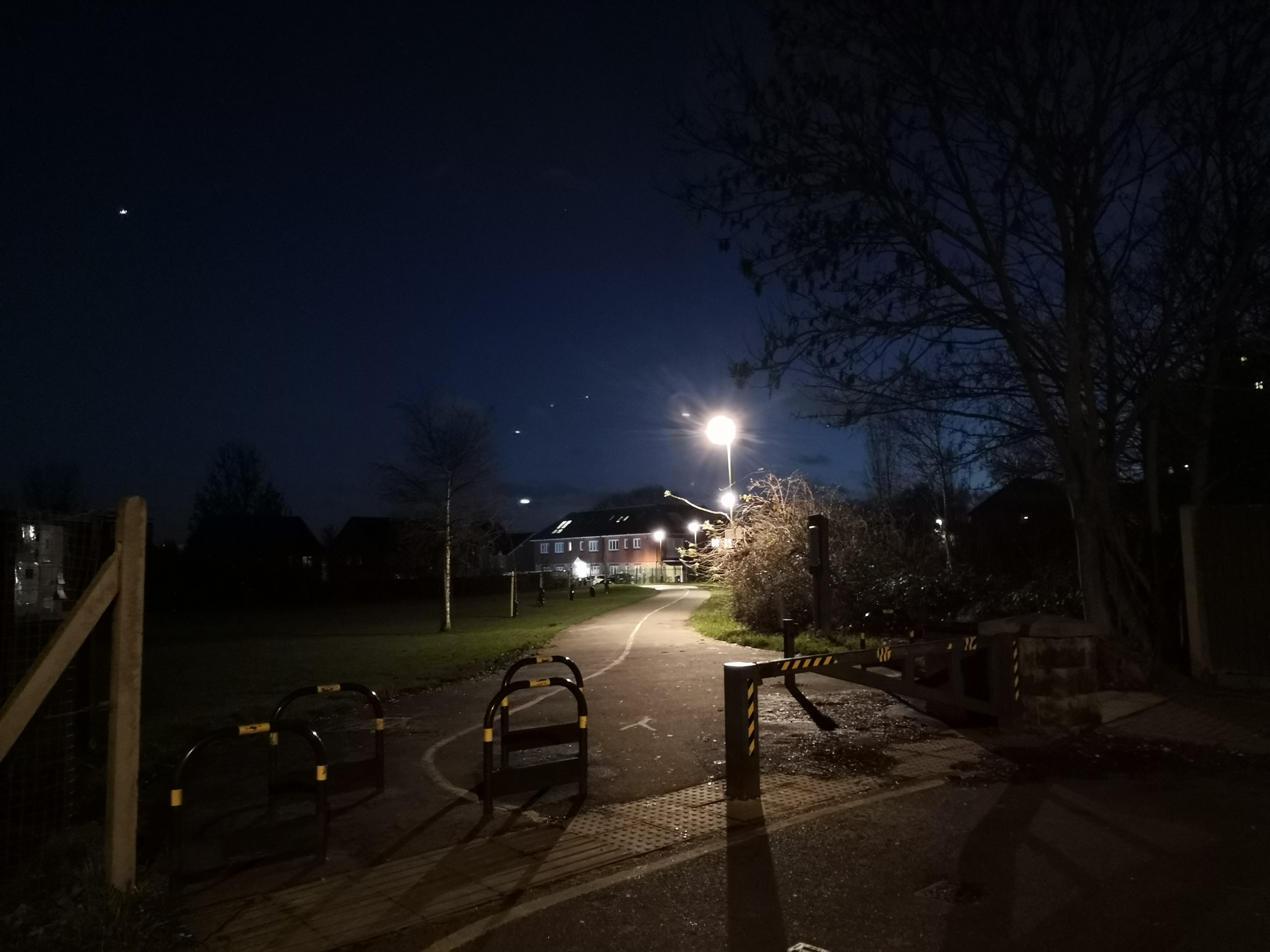
Current page: Battery life and camera
Prev Page Introduction, key features and design Next Page Anything else I should know?Andrew is a freelance journalist and has been writing and editing for some of the UK's top tech and lifestyle publications including TrustedReviews, Stuff, T3, TechRadar, Lifehacker and others.
